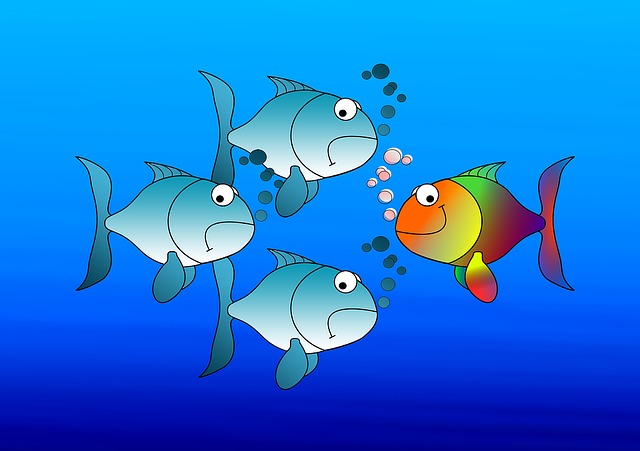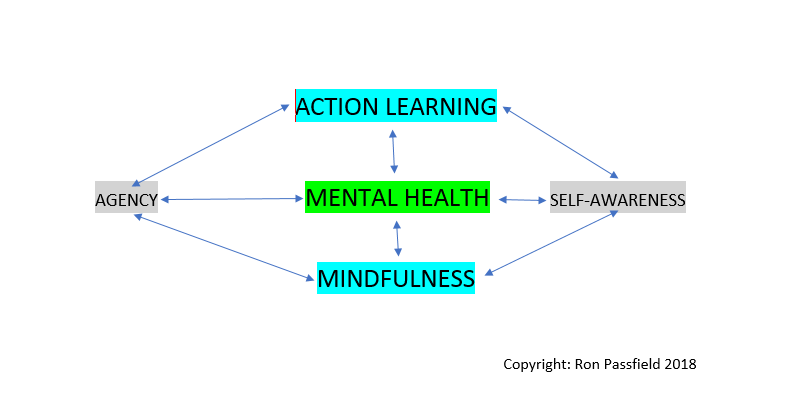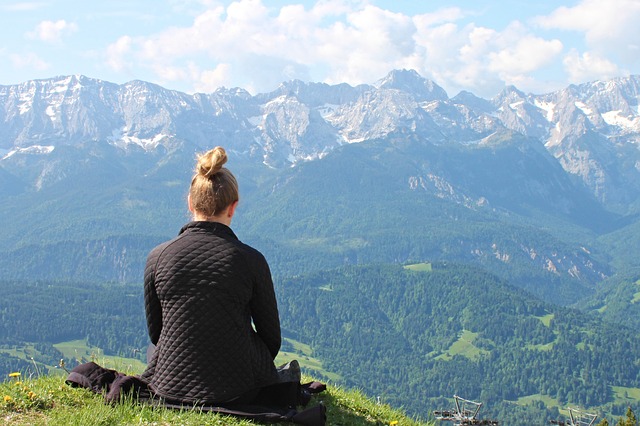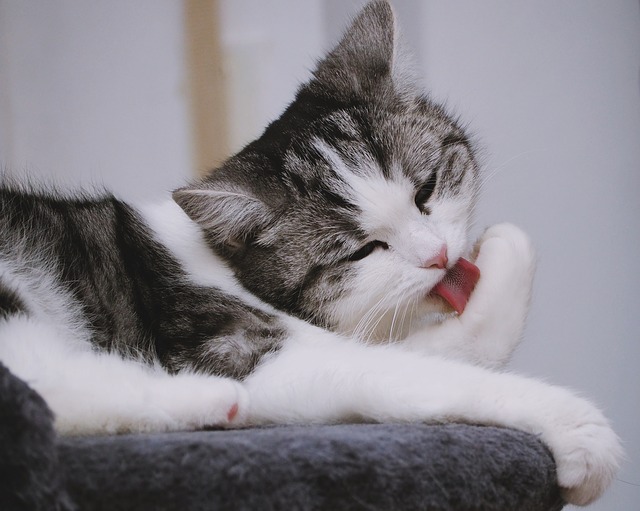Over several blog posts I have explored the relationship between mindfulness and creativity. In this post, I want to bring these ideas together to provide a more complete picture of how to develop creativity through mindfulness.
Mindfulness creates the internal environment for creativity through the following:
Stillness and silence
We discussed previously how creative people use stillness and silence to access their inner resources including their imagination. The busyness of life and constant thinking means we are rarely still or silent. In the process, we cut ourselves off from creative insight. Jon Kabat-Zinn and Reg Revans also remind us that exploring what we do not know or understand is the beginning of learning and creative solutions. As we practice mindfulness through meditation, we engage in stillness and silence and open ourselves up to what Jon Kabat-Zinn describes as “deep interior capacities” that lie within the “spaciousness” of our minds.
Turning down negative thoughts
Mindfulness can make us aware of the negative thoughts that often block creativity and constitute self-sabotage. Creative people like David Lynch, Amanda Sinclair, Elizabeth Gilbert and Seth Godin report the importance of turning down, or turning off, thoughts about potential failure or deemed personal inadequacy. Seth even ascribes this self-sabotage to the “Lizard Brain”. Sam Smith, singer-songwriter, during a recent interview while performing in London, spoke of the internal demons that beset him and almost prevented him from pursuing his highly successful songwriting and singing career.
Mindfulness enables us to address negative thoughts and stories and defuse their strength to release creativity. Boy George in a recent coaching session with a very nervous performer on the TV show, The Voice, encouraged the singer to let go of preoccupation with what others might think of their performance:
I think you are someone who really thinks about what people think about you. We do that as performers – it’s just one of those things, it’s like a default setting in out make-up. We worry too much about what other people think of us and that can get in the way of what we do. Don’t think about it too much is the key.
Positive anticipation instead of disabling fear
In a previous post, I discussed the research of Anna Steinhenge and her demonstration of how positive anticipation can overcome the disabling effects of fear and enable us to access clear thinking and creativity. In this discussion, I explored the R.A.I.N. meditation process that enables us to face the fear within and conquer it so that we free ourselves for new insights and creative endeavour. Through mindfulness meditation we learn to name our feelings in order to tame them.
Calming the busyness of our minds
Mindfulness enables us to calm our minds and free us from mental busyness or what Haruki Murakami describes as “convoluted waterways of my consciousness” that result in a “restless aquatic organism” . Even experienced meditation practitioners will sometimes find their mind racing and being invaded with endless thoughts. Kabat-Zin reminds us that this is part of the human condition and we will not be able to stop the thoughts. He suggests that instead of entertaining these thoughts, we view them as bubbles in boiling water floating to the surface and bursting on reaching the extremities of the container – our minds.
Being present and grounded
Rasmus Hougaard and Jacqueline Carter, co-authors of The Mind of the Leader, stress the importance of leaders being present and grounded. They argue that being present in conversations gains respect and facilitates open sharing of ideas. Being grounded before beginning a conversation or meeting can enhance a leader’s capacity to listen, take in ideas and access their own creative potential. Practicising somatic meditation, which incorporates many approaches to being grounded in our body, will strengthen our capacity to be present in the moment, stay grounded in the conversation and be open to creative ideas.
Acting on creative ideas with boldness and bravery
It is one thing to have creative ideas, it is another to have the necessary boldness and bravery to implement creative ideas. Amanda Sinclair points out in her book, Leading Mindfully, that creativity involves breaking with tradition, taking risks, trying out something new and having the self-esteem and resilience to be able to persist in the face of opposition – especially from those who have a vested interest in maintaining things the way they are.
Mindfulness helps us to maintain focus, to remain calm, build resilience in the face of opposition and setbacks, and to become braver and less fearful of the difficulties, dangers and risks involved in implementing creative ideas.
As we grow in mindfulness, we are able to access our inner resources through stillness and silence of meditation, overcome our fears, stay present and grounded, remain calm in the face of difficulties and develop boldness, bravery and resilience as we venture beyond “the tried and true”.
By Ron Passfield – Copyright (Creative Commons license, Attribution–Non Commercial–No Derivatives)
Image source: courtesy of geralt on Pixabay
Disclosure: If you purchase a product through this site, I may earn a commission which will help to pay for the site, the associated Meetup group and the resources to support the blog.







